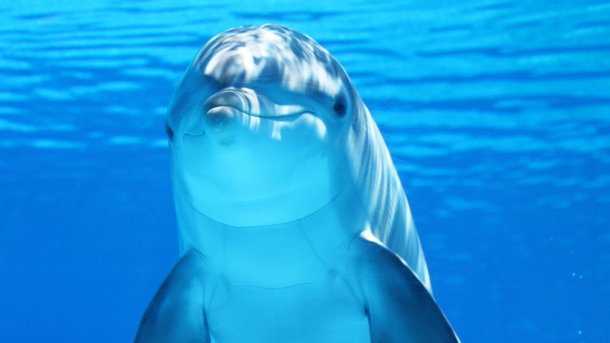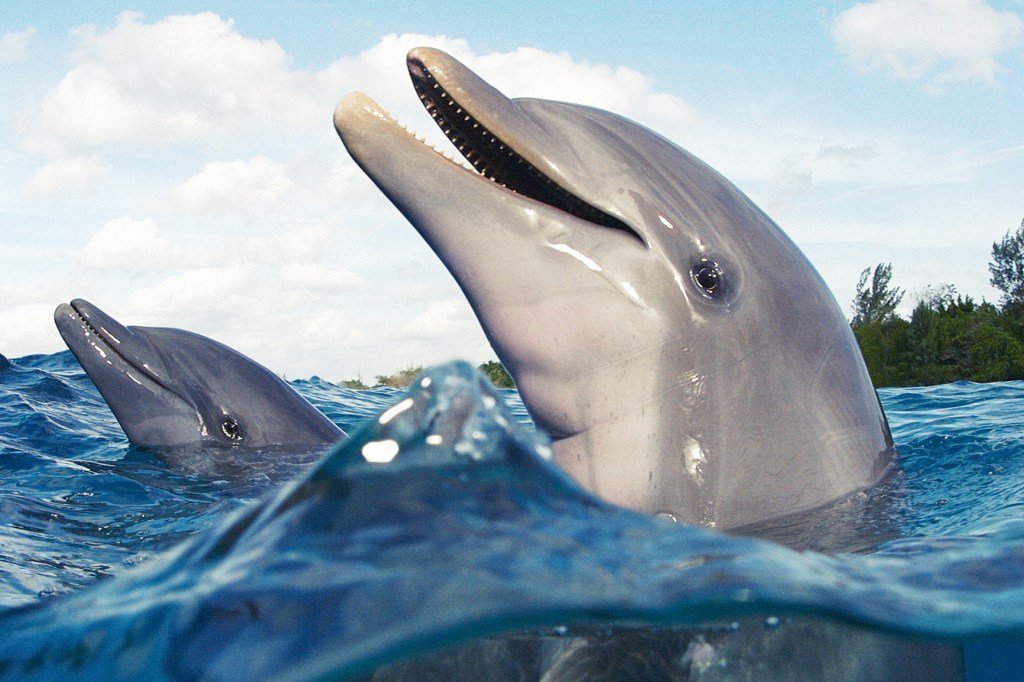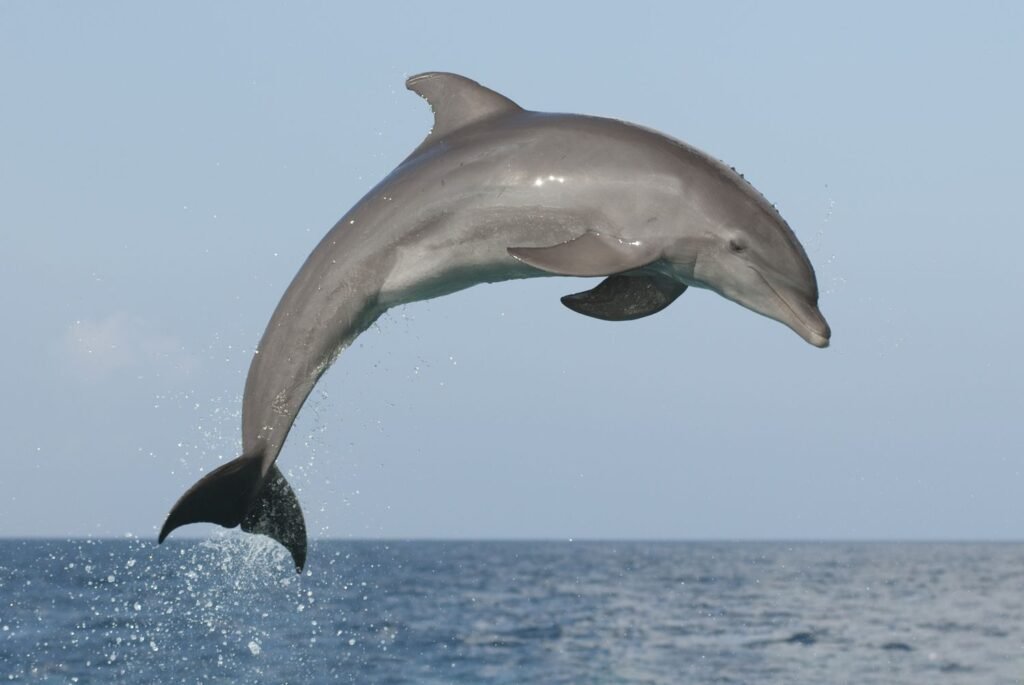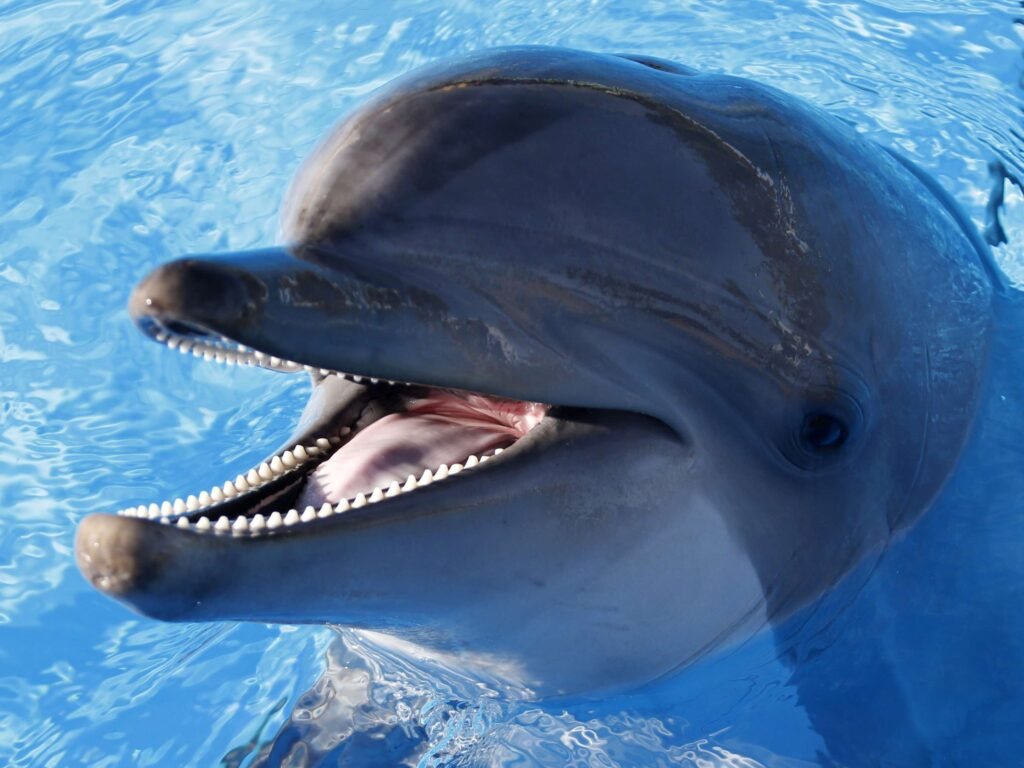Dolphins have long captured human imagination with their playful nature, intelligence, and grace. Often depicted as the ocean’s friendliest inhabitants, they are symbols of peace and beauty. However, behind this charming facade lies a darker reality that many are unaware of. Despite their captivating behavior, dolphins exhibit a range of disturbing tendencies that challenge our perceptions. In this article, we delve into the unsettling aspects of dolphin behavior and the complex realities these marine mammals face in today’s world.

Aggressive Encounters: Dolphins Are Not Always Friendly
Dolphins are often portrayed as gentle and friendly creatures, but this is not always the case. There have been numerous instances of dolphins displaying aggressive behavior, both towards humans and other marine animals. Although interactions with humans are typically positive, there have been cases of dolphins biting, ramming, and even sexually assaulting people. These incidents serve as a reminder that, despite their intelligence and often charming demeanor, dolphins remain wild animals with unpredictable behavior.
Furthermore, dolphins have been known to attack other marine species aggressively. Their interactions with porpoises, for example, sometimes result in violent encounters where dolphins fatally injure them. These behaviors challenge the idealized view of dolphins as harmless creatures and underscore the complex and sometimes dangerous aspects of their nature.
Infanticide: A Dark Reality in Dolphin Societies
One of the most disturbing aspects of dolphin behavior is infanticide. While rare, it occurs in the animal kingdom, and dolphins are no exception. Male dolphins have been observed killing the offspring of other males, particularly when trying to assert dominance within a group. This behavior is often seen as a strategy to eliminate potential competition and ensure their offspring have a better chance of survival.

This dark aspect of dolphin society challenges the common perception of dolphins as loving and nurturing animals. It highlights the ruthless nature of their social dynamics, where survival and dominance can sometimes take precedence over the well-being of the young.
Complex Social Hierarchies: Power Struggles and Alliances
Dolphin societies are incredibly intricate, characterized by complex social hierarchies where individuals compete for status within their pods. These hierarchies influence group dynamics, with dominant dolphins often controlling group activities and access to mating opportunities. While this social structure allows dolphins to form strong alliances and cooperatively hunt or protect their group, it can also lead to conflict and aggression among pod members.
These power struggles reveal a more ruthless side of dolphin social behavior, where competition and alliances can create tension within the group. The hierarchical nature of their societies challenges the idea that dolphins live in harmonious, cooperative communities.
Infidelity and Mate Guarding: The Reality of Dolphin Relationships
Despite their strong social bonds, dolphins are not immune to infidelity. Dolphins often engage in extrapair copulations, meaning they mate with individuals outside their established partnerships. This promiscuous behavior is part of their reproductive strategy, ensuring the best possible genetic diversity for their offspring.
In response to this, male dolphins practice mate guarding, where they actively prevent females from engaging with rival suitors. This behavior further complicates dolphin relationships and highlights the evolutionary pressures that drive their reproductive success. The combination of infidelity and mate guarding challenges the notion of dolphins as creatures that form deep, monogamous bonds.
Environmental Threats: Dolphins Face Dangers Beyond Their Control

Beyond the internal complexities of dolphin societies, these marine mammals face numerous external threats due to human activities. Pollution, habitat loss, overfishing, and climate change pose significant challenges to dolphin populations. These threats not only affect individual dolphins but also disrupt the delicate balance of marine ecosystems in which they play a crucial role.
Pollution, particularly from plastic and chemical waste, contaminates dolphin habitats and can lead to serious health issues. Overfishing reduces the availability of prey, forcing dolphins to compete for food. Additionally, climate change affects ocean temperatures and currents, further threatening the stability of their environments. These environmental challenges highlight the urgent need for conservation efforts to protect dolphins and their habitats.
Global Declines in Population: Dolphins Are at Risk Worldwide
Despite their widespread distribution across the world’s oceans, many dolphin species face population declines due to anthropogenic threats. Habitat degradation, overfishing, pollution, and climate change contribute to the loss of critical habitats and the decline of dolphin prey availability. Additionally, bycatch in fisheries and targeted hunting continues to pose direct threats to dolphin populations in certain regions.
Urgent conservation action is needed to address these threats and safeguard the future of dolphins worldwide. Protecting dolphin populations requires a comprehensive approach that addresses both environmental and human-induced threats to their survival.

The Urgent Need for Conservation: Dolphins
The disturbing facts about dolphins outlined above reveal a much more complex and, at times, darker reality than the one we are accustomed to. While dolphins are indeed intelligent and fascinating creatures, they also face numerous challenges that threaten their survival. Conservation efforts are more critical than ever to protect these iconic marine mammals and ensure their long-term survival.
Initiatives aimed at reducing anthropogenic threats, establishing marine protected areas, and promoting sustainable fishing practices are essential. Public awareness and advocacy play a crucial role in driving these efforts forward, emphasizing the interconnectedness of marine ecosystems and the need for responsible stewardship. By addressing the challenges dolphins face, we can help secure a future where these remarkable creatures continue to thrive in the wild.

